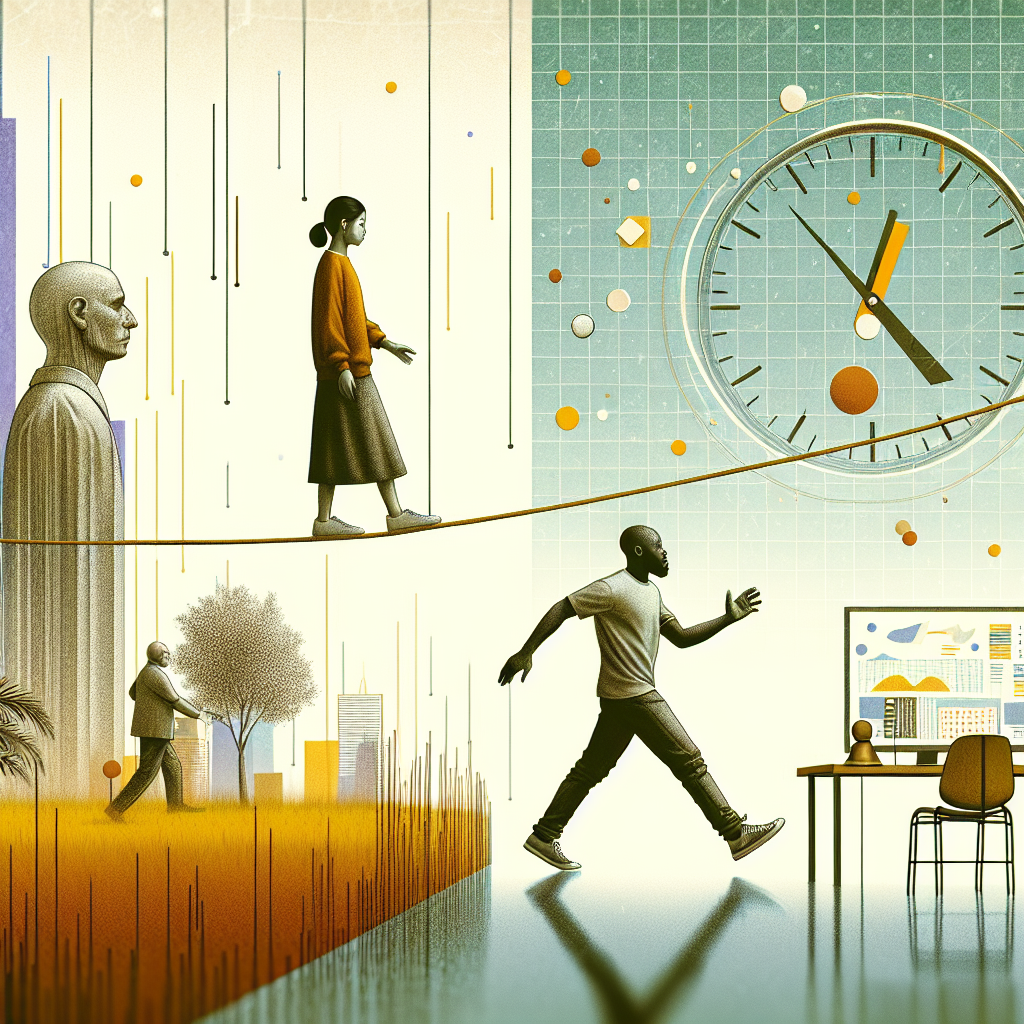It’s common to pause and ask yourself whether you’re nervous or anxious before a big meeting, exam, or life change. Understanding the difference can help you choose the right coping strategies, talk to a clinician more clearly, and reduce suffering. This article outlines practical markers that separate normal nervousness from clinical anxiety, explains how bodily and mental signs diverge, and offers steps to feel more grounded.
Nervous vs anxious: quick distinctions
Nervousness is usually situational and short-lived: a flutter in your stomach, sweaty palms, or racing thoughts tied to a specific event. Anxiety tends to be more persistent, broader in scope, and can interfere with daily life even when there’s no clear trigger. Think of nervousness as a chapter and anxiety as a longer book — both involve worry, but timing and intensity differ.
How symptoms show up
Physical signs overlap: increased heart rate, tension, restlessness, and sleep disruption. What helps differentiate them is context. If your symptoms arrive only before a presentation or appointment, nervousness is likely. If worry is diffuse, chronic, and accompanied by avoidance, it points toward anxiety. Remember that anxious vs nervous is not a judgement — it’s a way to find suitable support.
Common patterns to notice
Look for these patterns when deciding whether your experience is transient or more entrenched:
- Duration: Nervous feelings fade after the event; anxiety persists or returns frequently.
- Scope: Nervousness is tied to a situation; anxiety often involves multiple areas (work, health, relationships).
- Functioning: Nervousness may be uncomfortable but manageable; anxiety can impair concentration and daily tasks.
When physical symptoms dominate
Some people feel mostly bodily responses — tight chest, stomach upset, dizziness. If those reactions are intermittent and predictable, they’re more likely nervousness. If they appear out of the blue or escalate in intensity, consider consulting a professional about anxiety vs nervousness to rule out medical causes or panic disorder.
Why labels matter (but don’t define you)
Recognizing whether you’re anxious vs nervous helps direct practical steps. For situational nervousness, short-term coping techniques like breathing exercises, rehearsal, or mindfulness can work well. For ongoing anxiety, cognitive strategies, therapy, and sometimes medication may be appropriate. Both responses are part of the human stress system — identifying which you’re experiencing is about information, not stigma.
Practical steps you can try
- Grounding: The 5-4-3-2-1 sensory exercise brings attention back to the present.
- Scheduled worry: Set a 15-minute worry time to contain anxious rumination.
- Behavioral testing: Gradual exposure to feared situations reduces avoidance and builds confidence.
- Digital habits: Reducing screen time before bed can lower baseline worry; a structured digital detox can help you reclaim focus and ease anxious arousal—see how to reclaim your focus and reduce anxiety with a digital detox for a practical plan.
When to seek help
If worry is persistent, overwhelming, or stopping you from doing things you value, it’s time to reach out. Primary care providers can screen for anxiety and refer you for therapy. Emergency care is appropriate if you have thoughts of harming yourself. For reputable overviews on mental health conditions and treatment options, see the WHO fact sheet on mental disorders.
Talking to a clinician
Describe the pattern: triggers, duration, and impact on daily life. Mention physical symptoms and any avoidance behaviors. If you use the phrase anxiety vs nervousness or anxious vs anxiety when describing your experience, clinicians will better understand whether you mean a situational response or a broader disorder. Saying anxious vs nervous out loud can help clarify your concerns for both you and the clinician.
Self-care and recovery tips
Consistent habits support emotional regulation. Aim for sleep hygiene, balanced movement, connection with supportive people, and simple breathing practices. If avoidance has become a habit, gentle exposure to the avoided situation — with support — can restore confidence. Keep in mind that nervous or anxious moments don’t mean you’re failing; they are signals that adjustments may be needed.
- Practice short daily mindfulness or breathing routines.
- Maintain regular sleep and activity schedules.
- Limit caffeine if it amplifies physical symptoms.
FAQ
Q: How do I know if I need medication?
A: Medication can help when anxiety is severe, persistent, or not improving with therapy and self-help. A clinician can assess risks and benefits.
Q: Can lifestyle changes alone resolve anxiety?
A: For many people with mild to moderate symptoms, lifestyle changes and therapy are effective. Severe or chronic anxiety may require a combination of therapy, medication, and behavioral strategies.
Q: Is it normal to feel both nervous and anxious at once?
A: Yes. Experiences often overlap — you might feel situational nervousness that feeds into a broader anxious pattern. Recognizing both elements helps you target the right strategies.






